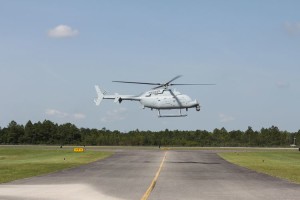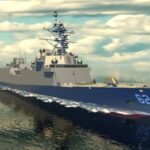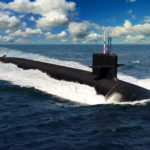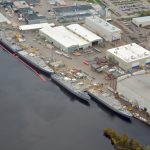
The Navy plans to study what weapons could be put on the MQ-8C Fire Scout unmanned helicopter with prime contractor Northrop Grumman [NOC], the service said Thursday. According to a notice, Naval Air Systems Command (NAVAIR) “intends to negotiate and award an order to Northrop Grumman Systems Corporation-Aerospace Systems…under an existing Basic ordering Agreement, for an integration study to include analysis of an upgrade of the Mission Processing Unit (MPU) and the addition of weapons on the MQ-8C Air Vehicle.”…

 By
By 











